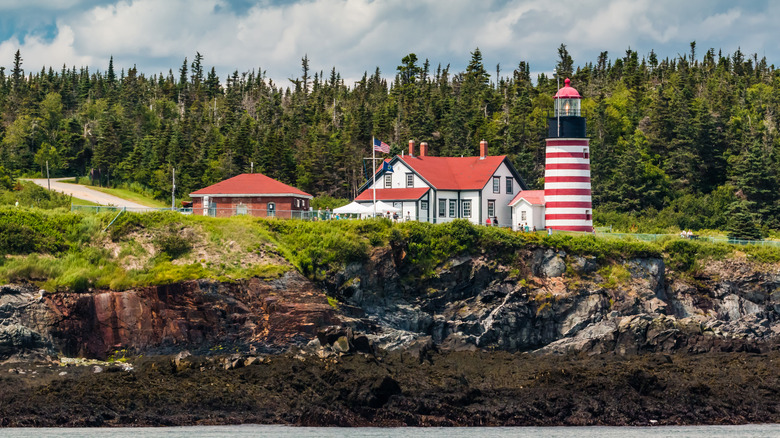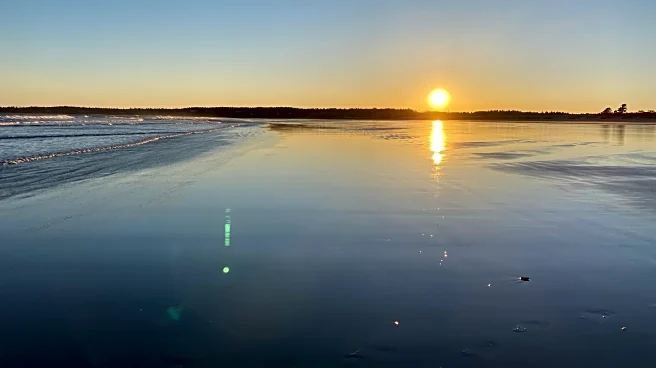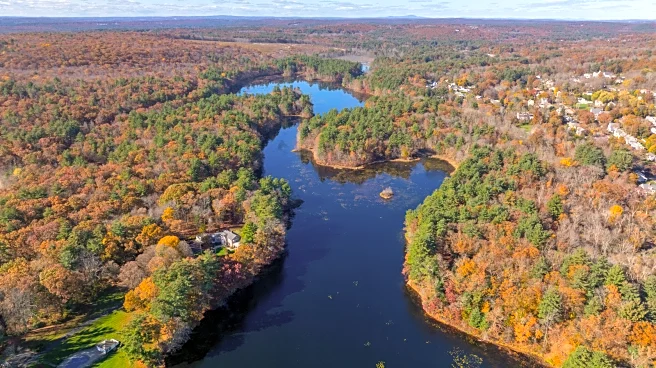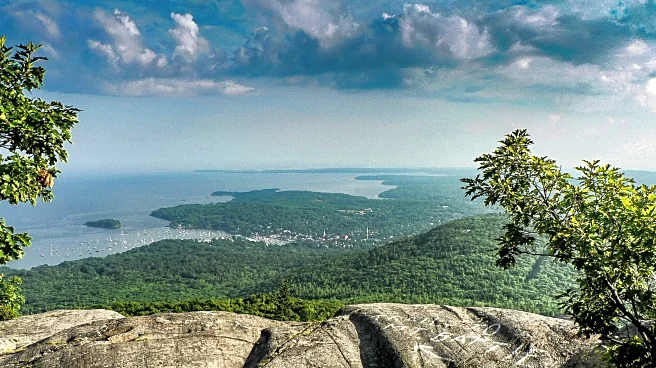
Watching the light begin to burn through the early morning mists at Quoddy Head State Park, you won't just be enjoying a shoreline sunrise; you'll also be one of the first people in the United States to see the sunrise that day. As America's easternmost point, this ruggedly beautiful park is also home to craggy cliffs, abundant plants, and unbelievable wildlife. It's far more than just a fun fact or an interesting point on the map — it's a natural escape for stunning hikes and unique history.
Quoddy
Head takes its name from the Native American Passamaquoddy tribe. It means "fertile and beautiful place," and anyone who visits this serene spot by the sea would have to agree with that assessment. If you're heading to Maine to see the postcard-worthy scenery of Acadia National Park, Quoddy Head State Park and the rest of the Downeast region are excellent add-ons to round out your trip.
It takes a little more than two hours to drive to Quoddy Head from Acadia and Bar Harbor, or around three if you travel along the Bold Coast National Scenic Byway. The state park is just 10 minutes outside of the charming seaside town of Lubec, where you'll find the nearest shops, restaurants, and places to stay.
Read more: The 14 Best Botanical Gardens In America, According To Reddit
Cliff Hikes And Whale Watching On Quoddy Head

While some places in New England are known for their sandy beaches, Quoddy Head meets the ocean with rugged black cliffs that rise up to 150 feet above the waters below. You can see these imposing cliffs for yourself on the Coastal Trail, a 4-mile round-trip hike that meanders through dense, mossy forests and past wide-open coastal views. This rocky, rugged, and sometimes steep trail leads to several points of interest, including Gulliver's Hole, a narrow cliffside chasm, and Green Point, a short trail to a rocky beach.
The Coastal Trail is far from the only point of interest in the park. The one-mile Bog Trail leads you along a wooded boardwalk through a unique coastal plateau bog, home to subarctic and arctic plants that aren't usually found south of Canada, like black crowberry and baked appleberry. You can also find carnivorous plants like sundews and pitcher plants.
Not all the life at Quoddy Head sits still, however. The forests, bogs, and beaches of the park are home to some incredible bird species, including razorbills, black-bellied plovers, and bald eagles. In the winter and during spring and fall migration, Quoddy Head is one of the best bird-watching spots in the region. In the summer, meanwhile, visitors can often spot humpback, minke, and finback whales from vantage points along the dramatic coastline.
Quoddy Head's Historic Lighthouse

Every lighthouse and well-preserved property in the region is brimming with history. This is especially true at Quoddy Head, a place that has been helping sailors avert disaster since 1808, when President Thomas Jefferson approved building a new lighthouse. In 1858, the original wood lighthouse was replaced by the current tower, which was lit using sperm whale oil before switching to kerosene and finally electricity in the 1930s. The lighthouse became fully automated in 1988, marking the end of an era for the lighthouse keepers who had manned the station since the beginning of the 19th century.
Quoddy Head received one of the country's first fog bells in 1820, on account of the thick blanket of fog that often covers the Bay of Fundy. Because of this foggy weather, hikers are advised to always bring a park map with them and exercise caution near cliff sides (and maybe temper expectations about long views of New Brunswick across the water). Visitors are also encouraged to bring extra layers — the park can be unusually chilly, even in the summer, with foggy weather, coastal winds, and ocean spray all contributing to the cool climate. If you want to see the inside of the lighthouse, tours are typically offered on Saturdays in July and August — but call the visitor's center to confirm availability.
Quoddy Head is a 2.5-hour drive from Bangor, where you'll find the nearest major airport. If you're looking for Downeast gems to explore, the park is just half an hour away from scenic Cutler, a beach town free from crowds. From there, you can hop on a tour to Machias Seal Island, one of the only places on the U.S. East Coast where you can see puffins.
Ready to discover more hidden gems and expert travel tips? Subscribe to our free newsletter for access to the world's best-kept travel secrets.
Read the original article on Islands.











